How Trump and Obama's executive orders on Muslim refugees and immigrants are similar and different
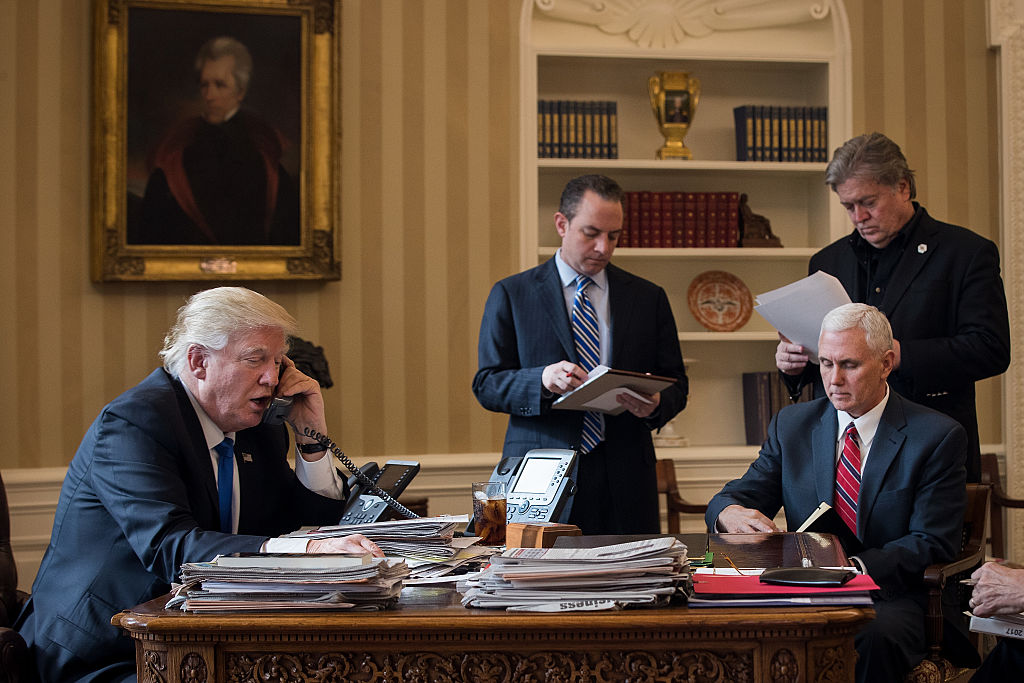

Reacting to criticism about his broad, chaotically rolled-out executive order indefinitely banning refugees and immigrants from Syria, suspending entry of all refugees for 120 days, and putting a 90-day stop to all travelers from six other majority-Muslim countries, President Trump protested that former President Barack Obama did it first. "My policy is similar to what President Obama did in 2011 when he banned visas for refugees from Iraq for six months," Trump wrote. "The seven countries named in the executive order are the same countries previously identified by the Obama administration as sources of terror."
There is some truth to that. But as Washington Post fact-checker Glenn Kessler said in awarding Trump two "Pinocchios" for the Obama comparison, the comparison is "facile" and misleading. If you don't remember Obama's 2011 executive order — the administration did not publicize it — it involved slowing down the approval of new visas for Iraqi nationals, following investigative findings that two Iraqi refugees were implicated in making improvised bombs targeting U.S. troops in Iraq. The policy also included re-vetting 58,000 Iraqi refugees already settled in the U.S., as then-Homeland Security Secretary Janet Napolitano explained to Congress in September 2011.
The slowdown in approving Iraqi visas did prompt negative news stories and complaints from civil liberties and refugee advocacy groups at the time, and did appear to result in many fewer Iraqi refugees arriving in the U.S. in 2011, though the numbers rebounded in 2012. It did not stop all visitors from Iraq from traveling to the U.S. or halt refugee or visa applications, and unlike Trump's order, it was tied to a specific threat.
The Week
Escape your echo chamber. Get the facts behind the news, plus analysis from multiple perspectives.

Sign up for The Week's Free Newsletters
From our morning news briefing to a weekly Good News Newsletter, get the best of The Week delivered directly to your inbox.
From our morning news briefing to a weekly Good News Newsletter, get the best of The Week delivered directly to your inbox.
Trump identified only Syria by name in his executive order, and the other six nations covered in the ban — Iran, Iraq, Libya, Somalia, Sudan, and Yemen — did come from a list of countries "of concern" identified by the Obama administration under a visa-related law enacted in December 2015, the Visa Waiver Program Improvement and Terrorist Travel Prevention Act. The list did not affect nationals of those seven countries, though; it meant that some citizens of the 38 allied (mostly Western) countries eligible for a special visa waiver program who had spent time in the seven "countries of concern" had to "obtain a visa for travel to the United States, which generally includes an in-person interview at a U.S. Embassy or Consulate," as U.S. Customs and Border Patrol explained.
The last major difference between the Trump and Obama actions are that Trump's small group of advisers, led by Stephen Bannon, reportedly did not consult or prepare any officials at the Departments of Justice, Homeland Security, and State when writing the executive order, and DHS Secretary John Kelly learned about the major policy shift he was supposed to enact on a briefing call as Trump was signing it, The New York Times reports. CBP officials are still figuring out what the policy covers. Obama, meanwhile, "ran executive orders through a painstaking weeks-long process of soliciting feedback from agencies and briefing lawmakers," a "former official" tells Politico. "Sometimes it even asked expert lawyers in the private sector to check its work."
A free daily email with the biggest news stories of the day – and the best features from TheWeek.com
Peter has worked as a news and culture writer and editor at The Week since the site's launch in 2008. He covers politics, world affairs, religion and cultural currents. His journalism career began as a copy editor at a financial newswire and has included editorial positions at The New York Times Magazine, Facts on File, and Oregon State University.
-
 Mustardy beans and hazelnuts recipe
Mustardy beans and hazelnuts recipeThe Week Recommends Nod to French classic offers zingy, fresh taste
-
 Under siege: Argentina’s president drops his chainsaw
Under siege: Argentina’s president drops his chainsawTalking Point The self-proclaimed ‘first anarcho-capitalist president in world history’ faces mounting troubles
-
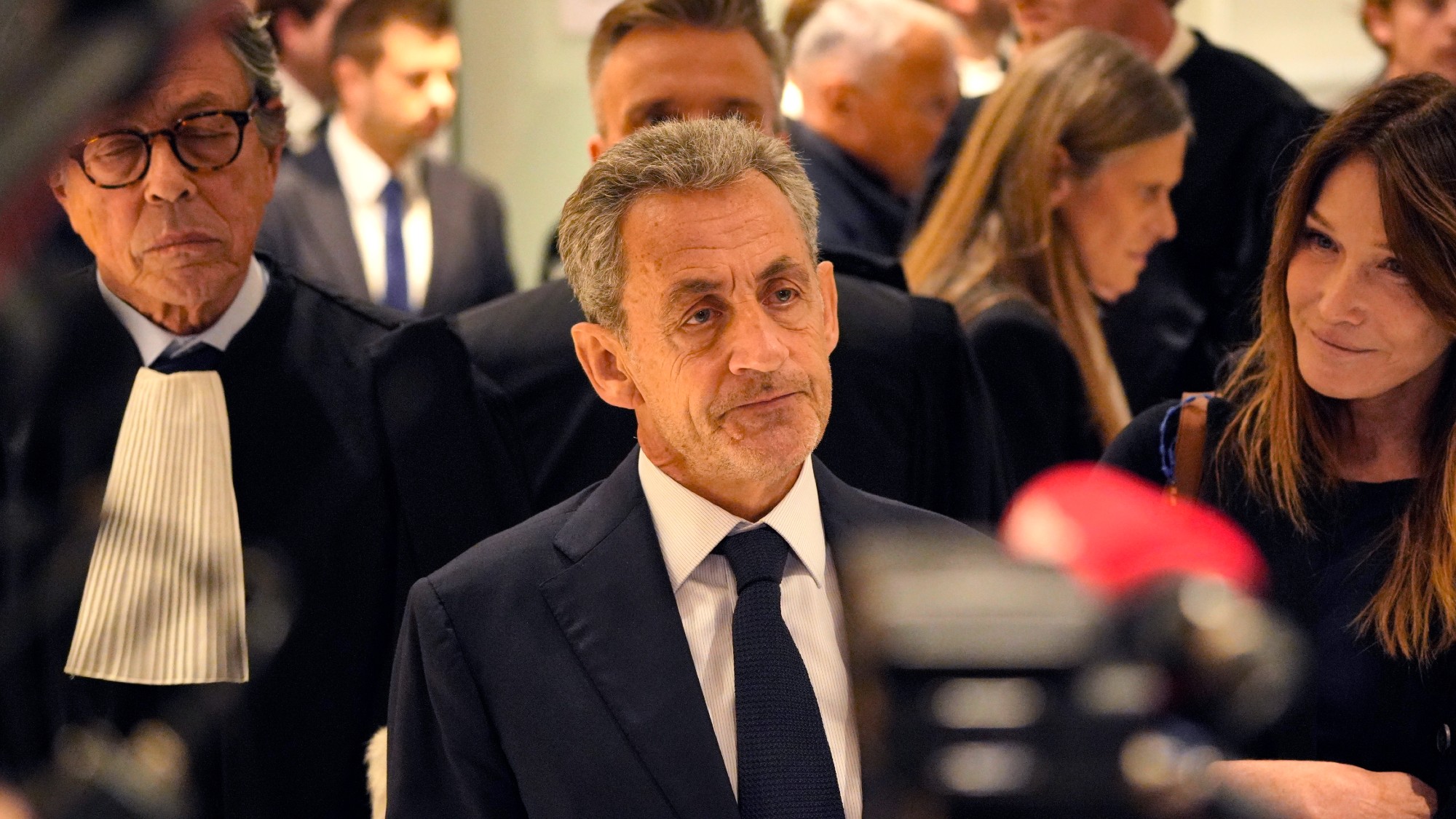 Sarkozy behind bars: the conviction dividing France
Sarkozy behind bars: the conviction dividing FranceIn the Spotlight Sarkozy speaks to the press with wife Carla Bruni at his side outside a Paris courtroom after the guilty verdict
-
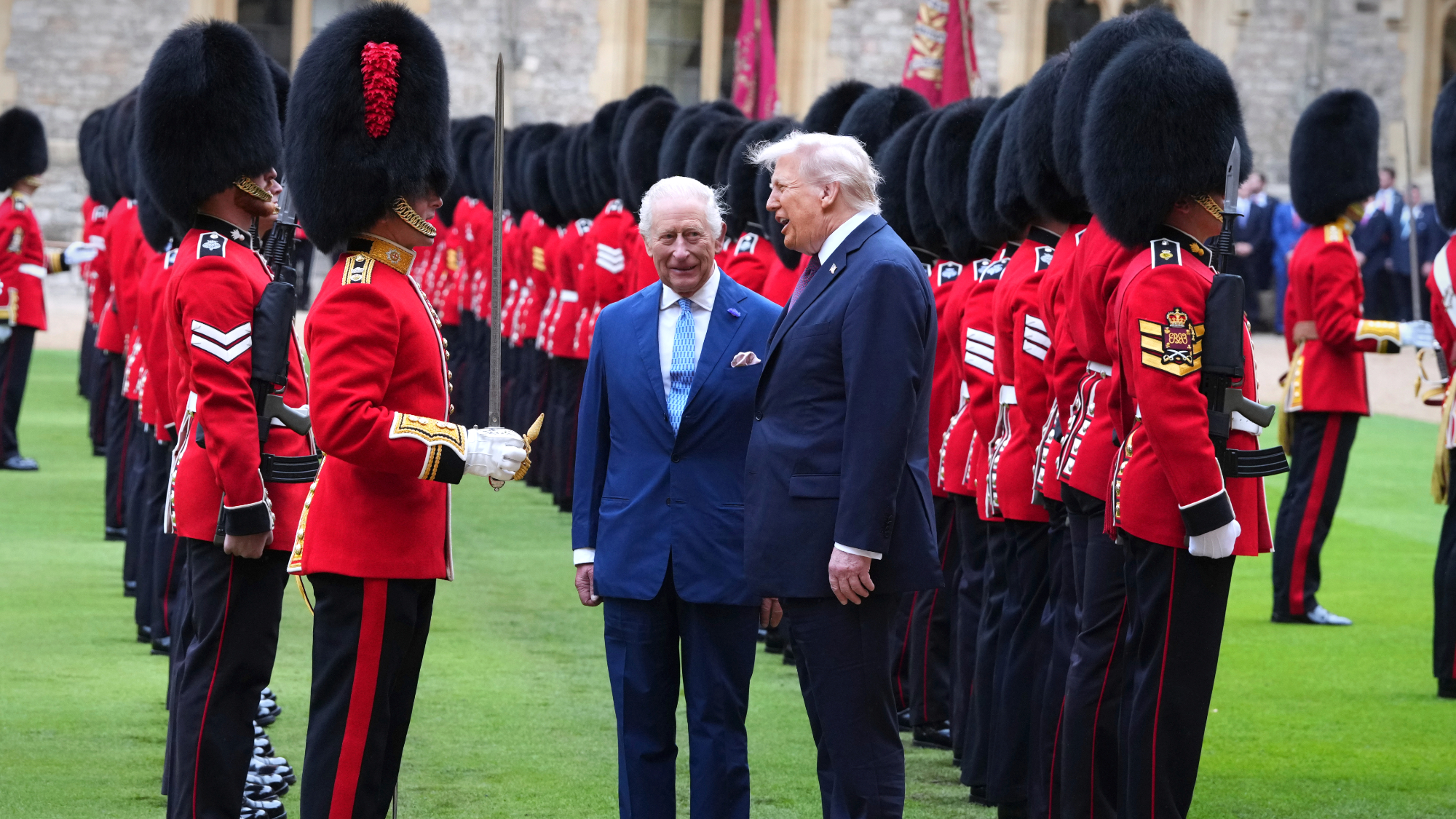 Museum head ousted after Trump sword gift denial
Museum head ousted after Trump sword gift denialSpeed Read Todd Arrington, who led the Dwight D. Eisenhower Presidential Library and Museum, denied the Trump administration a sword from the collection as a gift for King Charles
-
 Trump declares ‘armed conflict’ with drug cartels
Trump declares ‘armed conflict’ with drug cartelsspeed read This provides a legal justification for recent lethal military strikes on three alleged drug trafficking boats
-
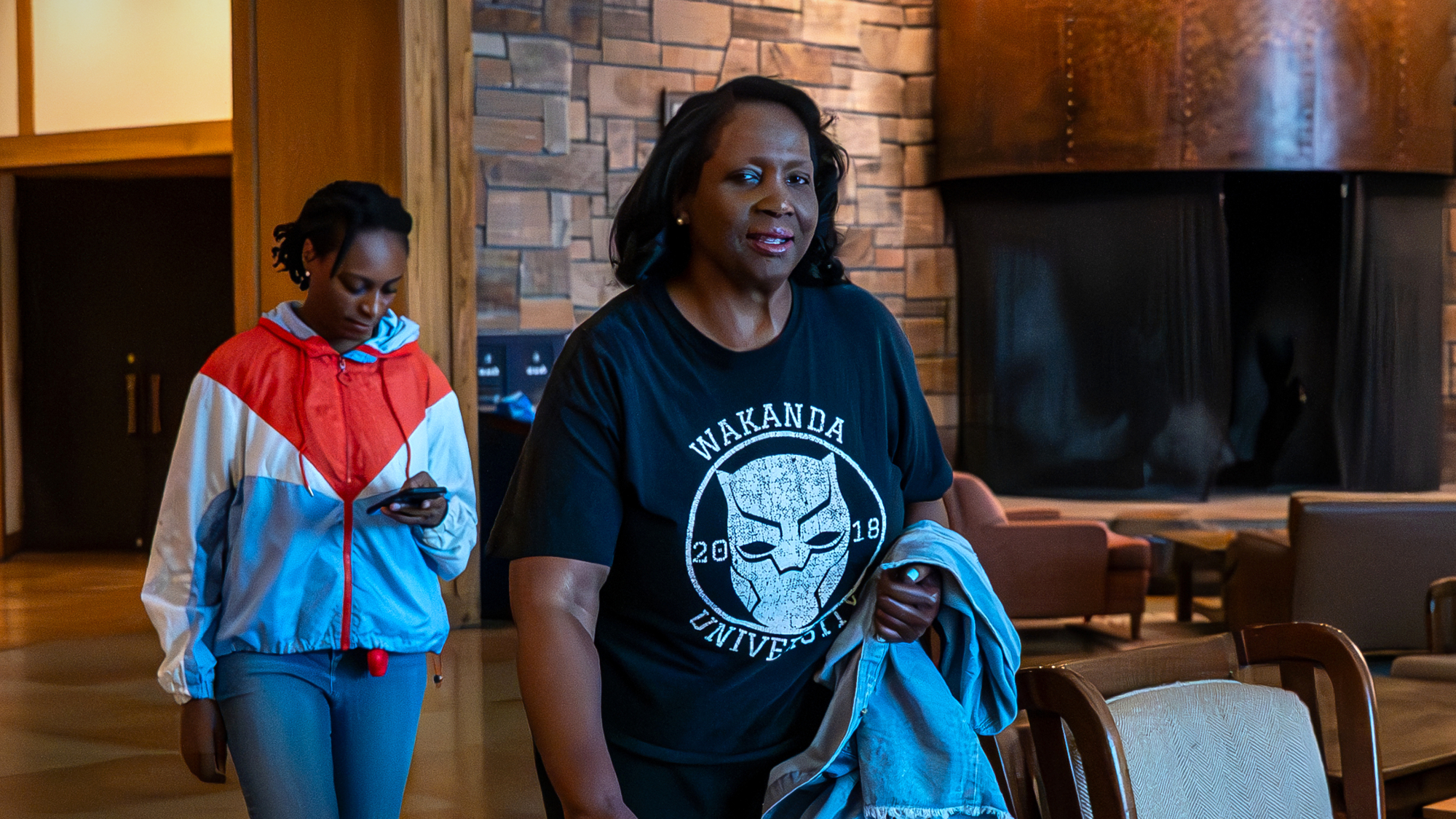 Supreme Court rules for Fed’s Cook in Trump feud
Supreme Court rules for Fed’s Cook in Trump feudSpeed Read Federal Reserve Governor Lisa Cook can remain in her role following Trump’s attempts to oust her
-
 Judge rules Trump illegally targeted Gaza protesters
Judge rules Trump illegally targeted Gaza protestersSpeed Read The Trump administration’s push to arrest and deport international students for supporting Palestine is deemed illegal
-
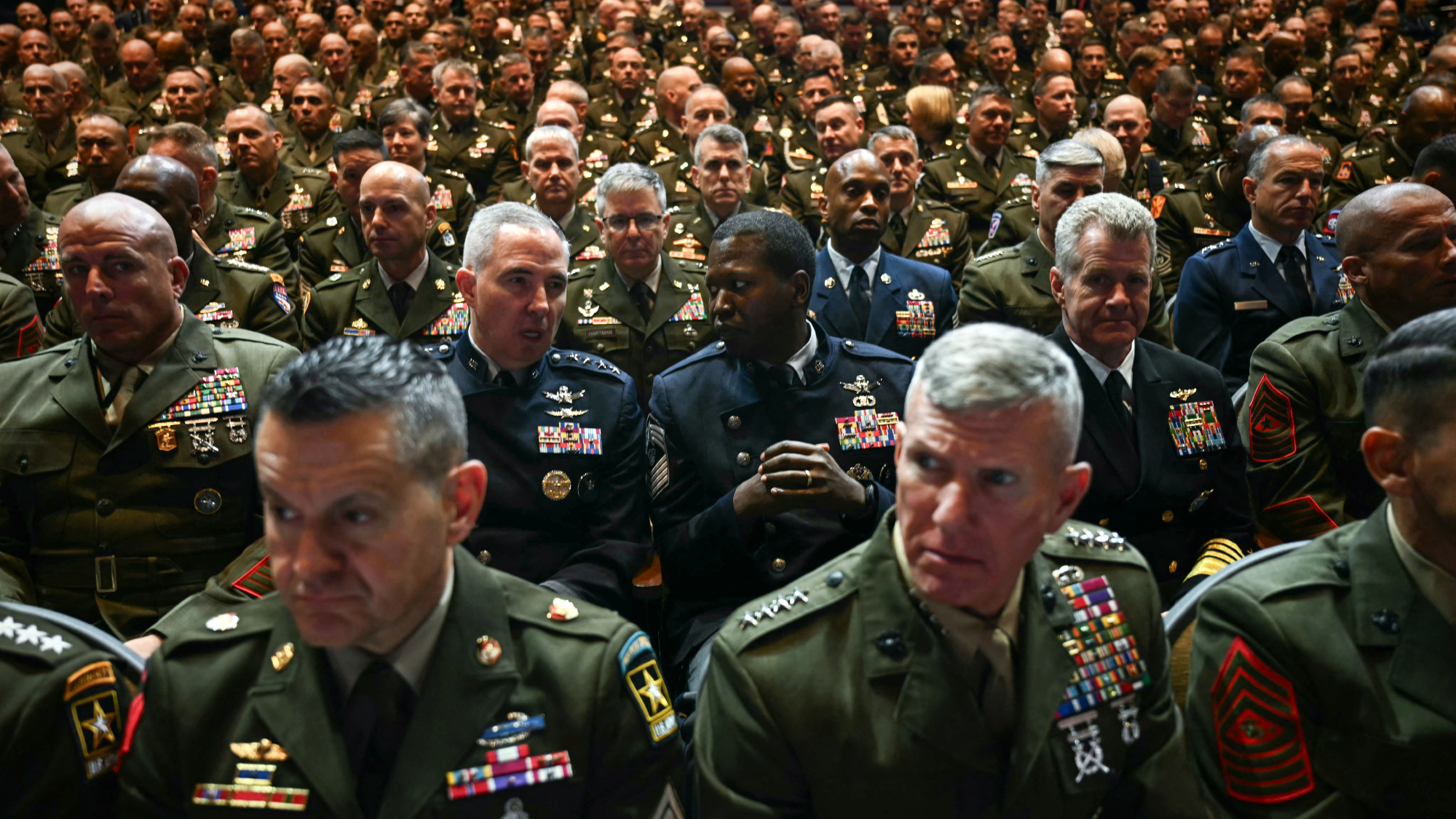 Trump: US cities should be military ‘training grounds’
Trump: US cities should be military ‘training grounds’Speed Read In a hastily assembled summit, Trump said he wants the military to fight the ‘enemy within’ the US
-
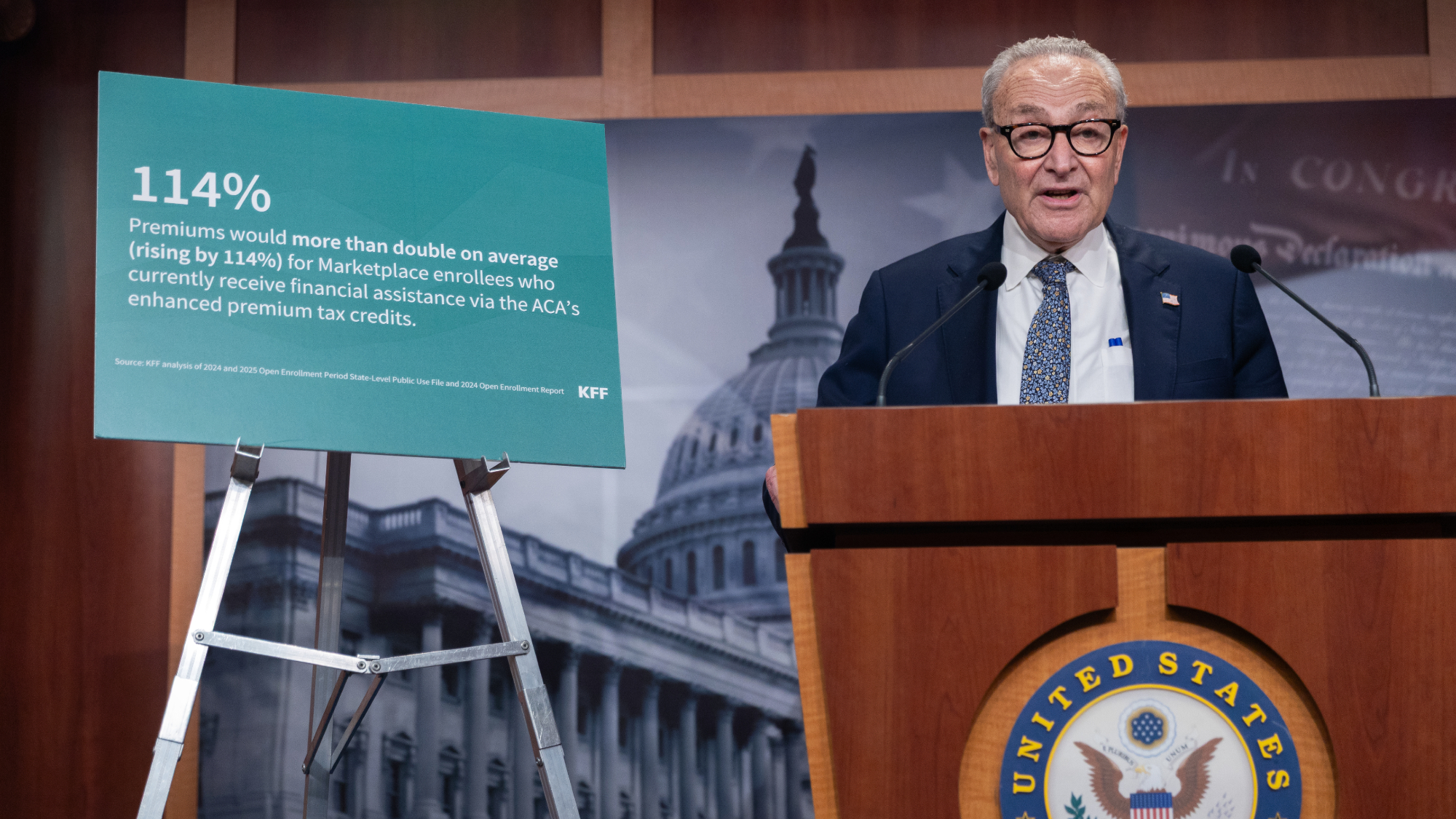 US government shuts down amid health care standoff
US government shuts down amid health care standoffSpeed Read Democrats said they won’t vote for a deal that doesn’t renew Affordable Care Act health care subsidies
-
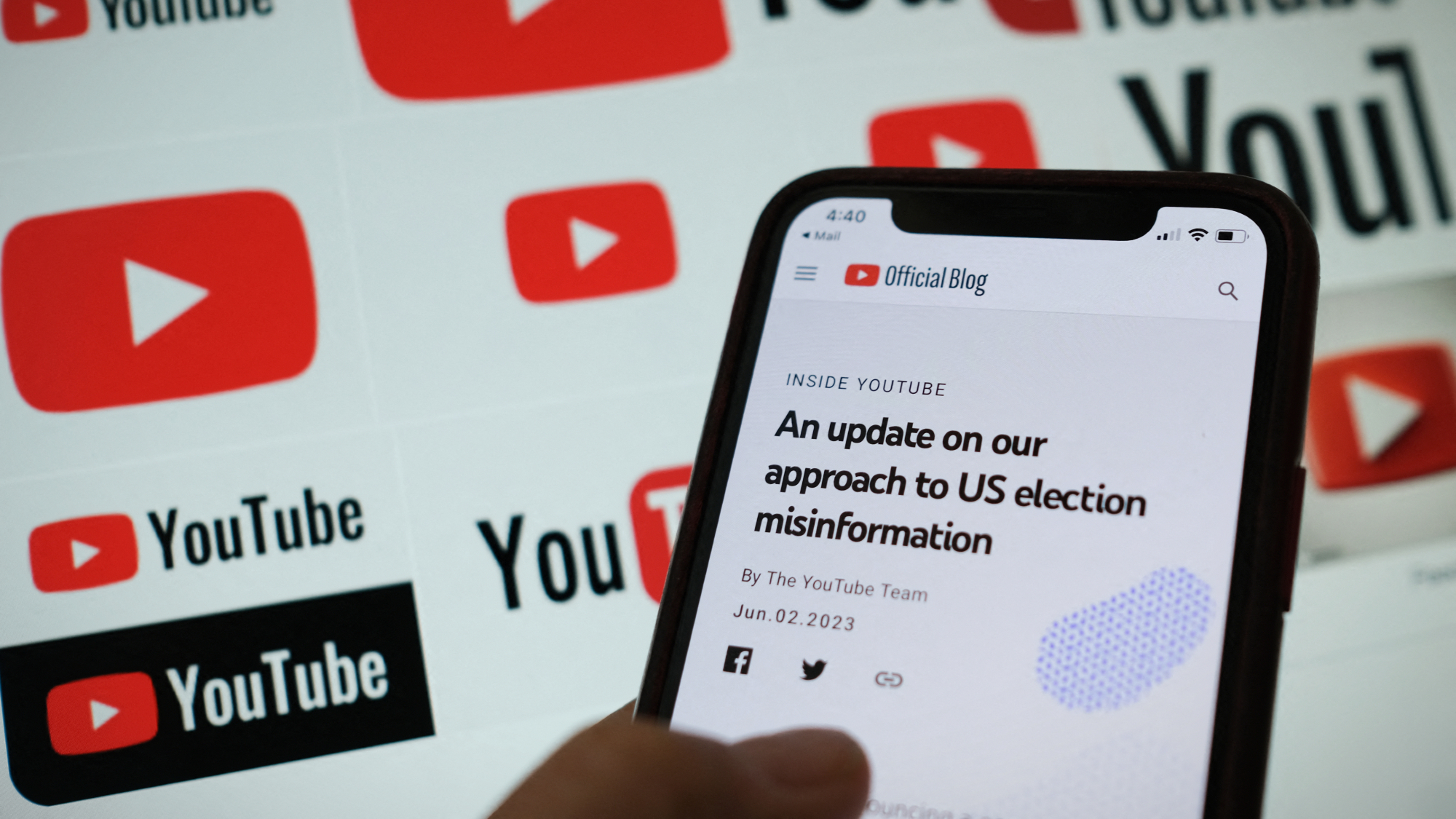 YouTube to pay Trump $22M over Jan. 6 expulsion
YouTube to pay Trump $22M over Jan. 6 expulsionSpeed Read The president accused the company of censorship following the suspension of accounts post-Capitol riot
-
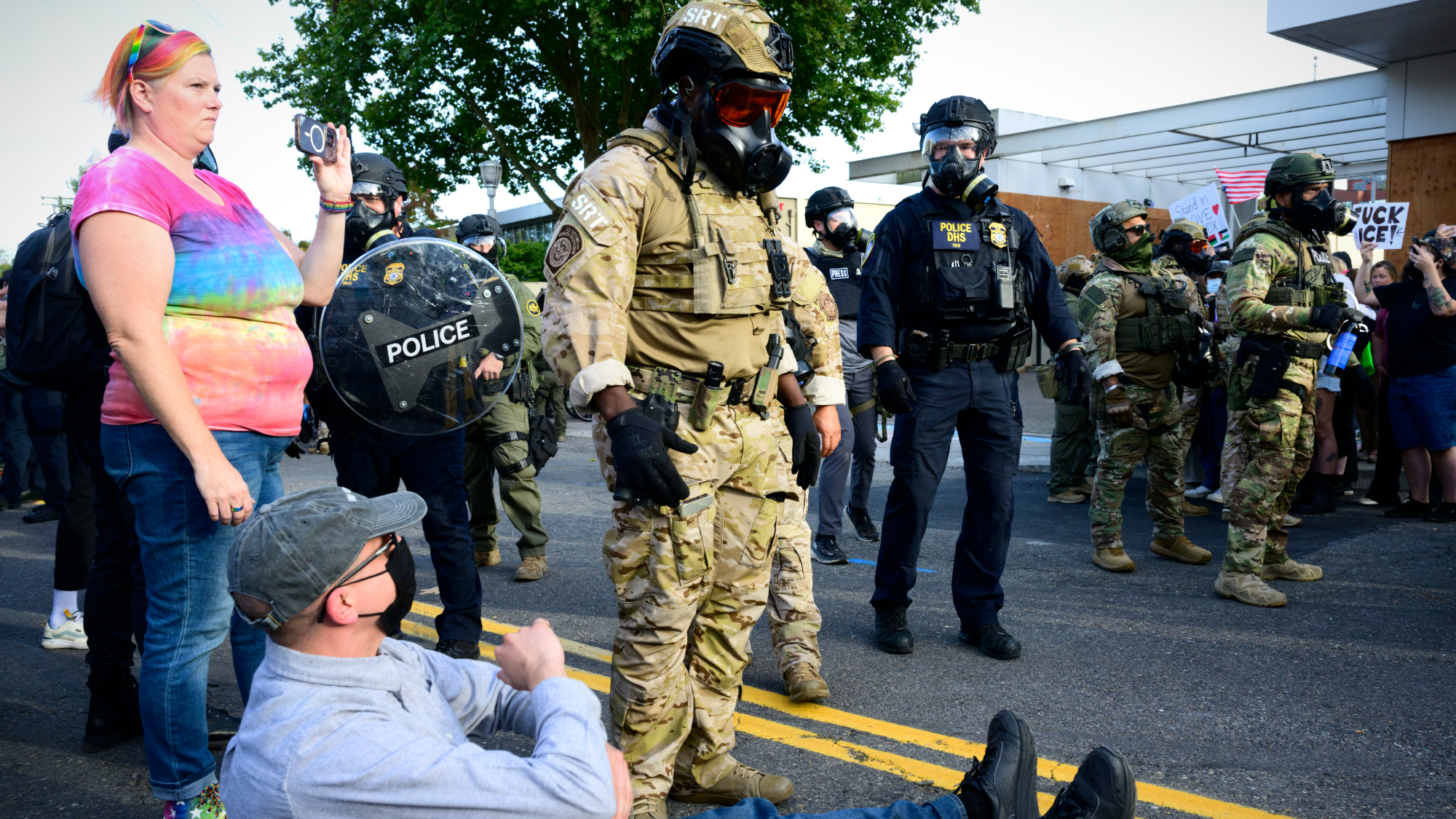 Oregon sues to stop Trump military deployment
Oregon sues to stop Trump military deploymentSpeed Read The president wants to send the National Guard into Portland
